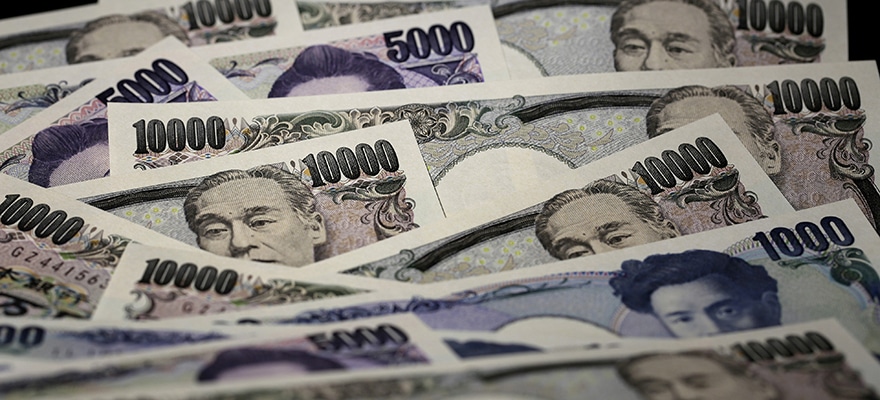Yen pairs rallied in recent sessions as risk appetite has re-entered the market despite a poor reading for Chinese imports on Tuesday.
Combined with this risk appetite was a bid by Japanese insurer Mitsui for UK company Amlin which will potentially see £3.5bn worth of yen converted to sterling, dependent of course on what proportion of the deal is cash. This helped GBPJPY rally over 400 pips in just over 24 hour since the announcement; yen weakened across the board.
Safe Haven Flows
The rally in yen pairs over recent sessions has seen a partial retracement of the huge sell off in yen pairs witnessed during Black Monday and its immediate aftermath. The Japanese yen saw strength during late August and early September due to safe haven flows sparked by the yuan devaluation and concerns over a slowdown in China.
These fears of a slowdown in China, coupled with falling commodities prices and the prospect of Fed pushing back rate hikes due to low inflation, prompted severe falls in global equity markets. These declines were led by a fall in the Shanghai Composite which wiped out all gains year-to-date.
Risk-off sentiment and falling Equities cause yen strength due its status as a safe haven asset. However, now that much of this market fear has abated, we may see the yen continue to move back towards its place as a weaker currency. Asian equities will be a leading indicator.
Monetary Policy Unchanged
The most recent statement on monetary policy, released August 7, contained no surprises. The BOJ reiterated its intention to keep the monetary base expanding at an annual pace of about ¥80 trillion and stated that the economy continues to recover moderately.
The market is starting to recognise the growing gap between the Bank’s expectations and the actual economic picture illustrated by recent data. The August statement showed no indication of increasing stimulus in the near-term and the Bank maintained that they will reach its 2% target by mid-16.
The Bank sees the slowing economy and near-zero inflation as temporary developments. Again, the Bank refrained from alluding to any increase of bond buying, however if inflation does not pick up in the months ahead then the market will place more emphasis on the chance of the BOJ increasing the monetary base further.
Growth Remains Weak
Final GDP for the second quarter, released September 8, was revised slightly higher to -0.3% from -0.4%. Although a positive revision, and better than expectations, this still equates to a contraction of 1.2% in annualised terms.
This shows the BOJ that the economy is still yet to see any meaningful effects from QEE. For months the BOJ has been adamant that the poor economy data will soon pick up, however this is yet to materialise; it’s becoming difficult to say that Japan is in recovery.
This poor GDP print along with the Chinese devaluation, which puts deflationary pressures on Japanese imports, adds weight to the case that the BOJ will ease policy further.
Inflation Trends Lower and Boosts Chances of More Easing
Tokyo Core CPI for August showed prices declined 0.1% from from 12 months prior. This is unchanged from the year ending July, but both Core and Overall Tokyo CPI have been ticking lower since April. This latest reading marks the second consecutive month of deflation, excluding fresh food and energy, in the Tokyo area.
Nationwide Core CPI for July was flat, down from 0.1% prior. Given these latest readings, it is evident that the BOJ’s massive QQE program has hitherto failed to induce price increases in Japan. The BOJ is yet to adjust its target for 2% inflation by mid-2016, but as that time draws near the pressure mounts on the Bank to either increase stimulus or push back inflation targets.
Yuan Depreciation May Concern BOJ
As Japan’s trade-weighted index is comprised of 30% by the Chinese yuan, the Japanese economy is the most affected out of the G8 currencies by the recent devaluation. This adds to the probability that the BOJ will add stimulus to offset the depreciation of the yuan.

















